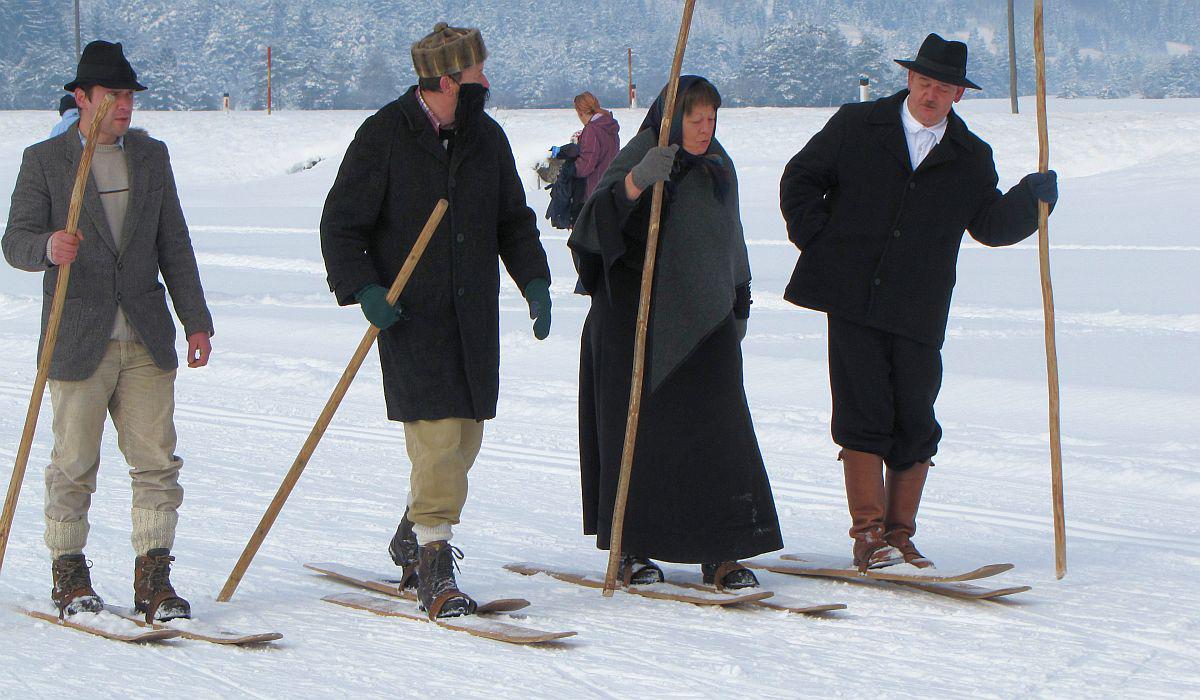
The small town of Tržič in northern Slovenia is the unlikely site of a small museum devoted to a big sport – a winter pastime that has long been a part of Slovenian national identity.
Although invented in Scandinavia, skis were first used on Slovenia’s sparsely populated Bloke Plateau several centuries ago – long before they were adopted elsewhere in Central Europe. Back then, skiing was not as a sport, but rather a convenient mode of transport in the depths of winter. In the 20th century, however, skiing reached the heights of popularity and became an integral part of the Slovenian national identity. For decades, it was a passion that set Slovenians apart from the rest of Yugoslavia.
Despite the long history of skiing, Slovenia didn’t have a single museum devoted to the national sport – until members of the Guček family decided to display their collection of ski-related objects to the public in 1992. At first, they set up shop in a hotel in the village of Gozd-Martuljek. It was the first such exhibition of its kind in Slovenia, but it quickly became apparent that the hotel’s display case was too small for the ever-expanding collection.
It was in the mid-1990s that the town of Tržič stepped in with a more ambitious proposal. The local authorities, working with the Guček family, helped to establish the Slovenian Skiing Museum in a palace that already housed several other exhibitions.
It is no coincidence that Tržič opted to host the museum. It had long been the home of a successful skiing club and was the home of Bojan Križaj, one of Slovenia’s most prominent skiing greats.
Today, visitors to the museum can see how skis were once made by hand, admire various medals won by Slovenian champions, and learn about the evolution of ski technology through the ages. Some of the objects on display have been donated by Olympic medalists, while others came from the collections of passionate hobbyists.
The museum plans to expand the collection, but even in its current forum, it gives visitors a glimpse into the history of a sport that shaped Slovenian identity and brought the nation international recognition.

































































